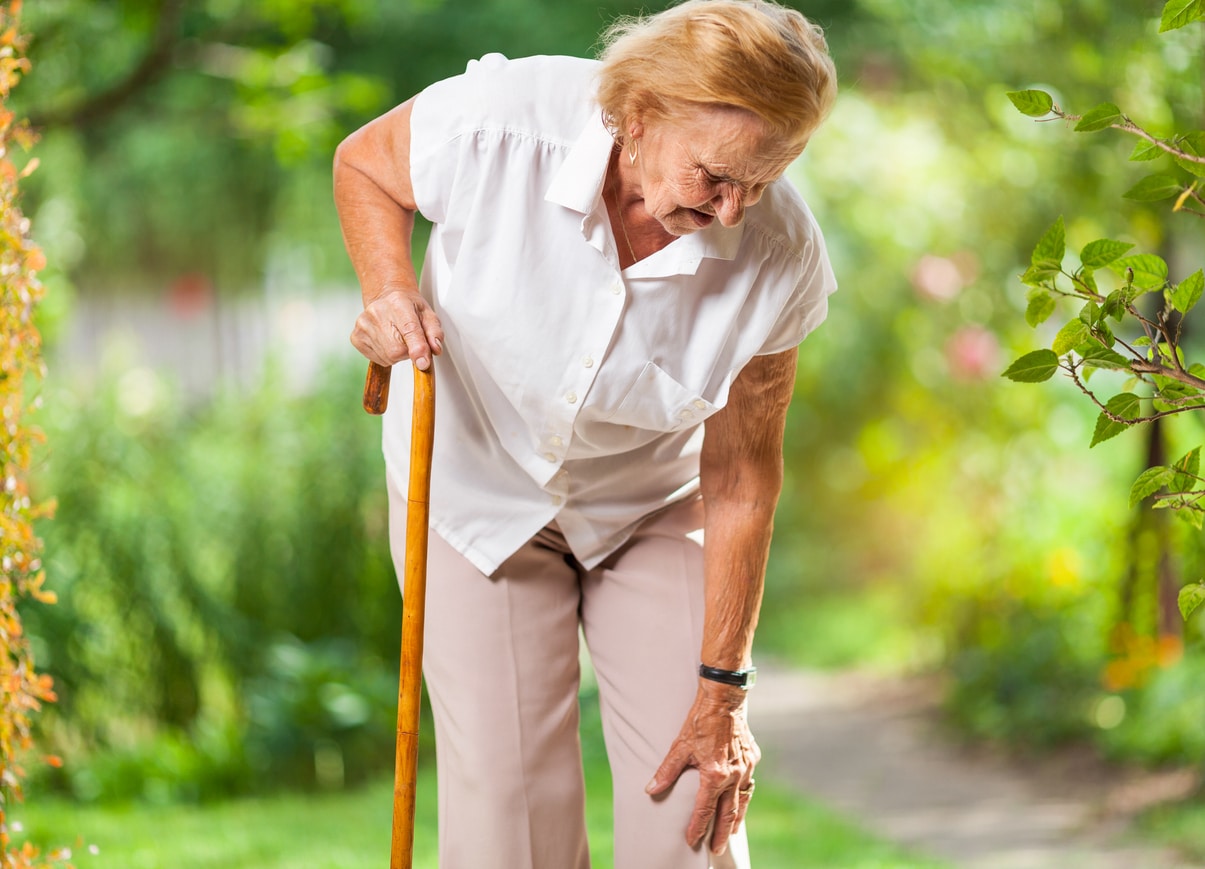Aging has plenty of challenges, and for many seniors, joint health is among the most prevalent. While minimizing the use of painful joints may seem like the logical path, the best way to relieve joint pain is to exercise and make other lifestyle changes to enhance joint health.
The causes of joint pain in seniors
Many seniors just think joint pain is to be expected as they age, and according to the webmd.com article, “Joint Pain Isn’t Inevitable With Age,” more than 50% of adults over age 65 experience some joint pain.
Among the most common causes are rheumatoid arthritis, an inflammatory autoimmune condition that causes pain and swelling, and osteoarthritis, which results from wear and tear and injuries that erode the cartilage cushions in joints.
Then there are contributing factors that can cause additional damage and exacerbate the condition. For example, smoking increases the risk of joint damage and pain, being overweight adds pressure on joints, and poor-quality sleep can make pain worse and increase the risk of disability.
The case for exercise for joint health
In general, exercise is necessary for good health, but when it comes to joints, exercise offers many benefits. As described in the arthritis.org article, “8 Ways Exercise Helps Your Joints,” exercise helps lubricate joints, which relieves friction and pain, increases circulation, allowing more oxygen and nutrients to enter joints, and releases anti-inflammatory cytokines that reduce inflammation (and thus pain). Exercise also improves flexibility, balance, and coordination and can help seniors lose weight, as well.
Specific exercise modes for joint health
While all movement will help, experts recommend steering clear of high-impact exercises like running and jumping rope at first and concentrating on low-impact exercises. Before starting any exercise routine, however, it’s best to check with a physician to avoid injury.
For increased flexibility, stretching exercises such as yoga, tai chi, or Pilates help increase range of motion, while swimming, walking, and cycling are also gentle, low-impact options. The key is to vary the exercises to avoid boredom and make it easier to stay on track.
For those with limited mobility, chair exercises are another effective option. As noted in the health.cleveland.clinic.org article, “11 Chair Exercises for Seniors, Older Adults and People With Limited Mobility,” chair exercise offers a safe and easy way to improve muscle tone and flexibility, which can make staying independent longer more likely.
Another excellent option is strength training. According to the sliversneakers.com article, “Strength Training Exercises for Seniors: Everything You Need to Know,” this type of exercise uses small weights (not those giant barbells at the gym) to build muscles and strong bones, which in turn support joint health. To get started, all that’s needed are some hand-held weights and a step-by-step strength training program like the one provided in the verywellfit.com article, “Strength Training for Seniors: A 20-Minute Workout.”
As strength and stamina build over time, more strenuous exercises can be added. According to the arthritis.org article, “Exercise and Strength Training With Arthritis,” even exercises like high-intensity interval training can be beneficial for some with joint pain, but again, always check with a physician before starting any new exercise program.
Staying safe while exercising for joint health
No pain, no gain may be a great mantra for triathletes, but seniors should take a more cautious approach. When starting an exercise routine, always put safety first. Indoors, choose an exercise space free from clutter or other fall hazards, ensure the lighting is adequate, and stop exercising if it hurts. Outdoors, stay hydrated and pay attention to the temperature. It’s best to exercise outdoors in the cool morning hours rather than later in the day in the hot summer months.
Another good rule of thumb is to exercise with a partner. According to the everydayhealth.com article “7 Reasons You Should Find an Exercise Partner Right Now,” not only is it more fun than exercising alone, but exercising with a friend also helps improve motivation to achieve goals, decreases stress, and reduces the risk of injury. One study even reported that those who participated in group sports or exercise lived longer than those who chose to go solo.
When considering exercise for joint pain, a good place to start is with the booklet “Growing Stronger: Strength Training for Older Adults” from experts at the Centers for Disease Control and Prevention. This downloadable 126-page document offers information about the benefits of exercise, tips for staying motivated, forms for keeping track of fitness goals, a three-part program, and more.
At Countryside, we prioritize fitness with classes and facilities to make it easy and fun. For more information about Countryside, please call Margaret Nagel at (517) 206-5000 or download our brochure to learn about our care levels, cost, and amenities.


